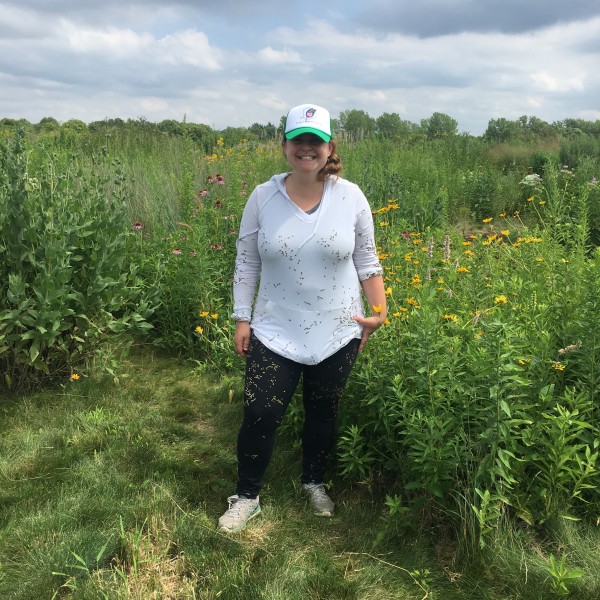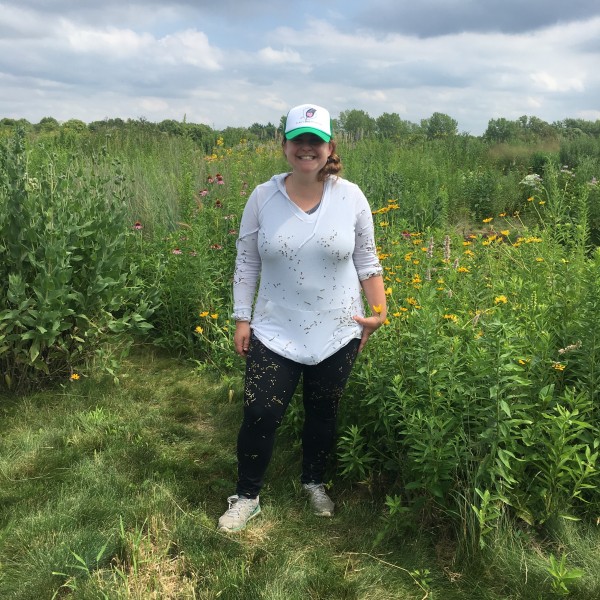
Lawn alternatives for ecosystem function 2022
Field
Ecology, Fieldwork, Entomology
Lawns are everywhere. Turfgrass lawns are the largest irrigated crop in the United States, and while they are green in color, they could be much 'greener' environmentally. Given emissions related to cultural maintenance norms associated with lawns, such as mowing, watering, fertilization, and herbicide application, these broad swaths of public and private greenspace actively contribute to climate change. While some sport and recreation activities require turfgrass lawns, countless acres currently maintained as lawn do not need to be. Lawn alternatives – short-growing, low-maintenance, hardy plant communities – may provide additional ecosystem functions over and above those of mown lawns. These potential functions include absorption and retention of a stormwater, climate change mitigation in the form of carbon sequestration, and reduction of emissions associated with mowing, watering, and fertilizing traditional lawn. In addition, lawn alternatives may provide habitat for native plants, pollinators and other wildlife, and serve as a 'bridge' between highly developed areas, and natural areas. This is a collaborative research project assessing the utility of lawn alternatives for use in publicly-accessible greenspaces in Chicagoland and beyond. The project consists of 10 treatments that include: several turfgrass controls, a non-native fescue mix, and five native lawn alternatives that range from 1 to 18 species and include diverse sedge and forb mixes. This internship will involve surveying plant and pollinator communities in multiple experimental plantings in Chicagoland.




